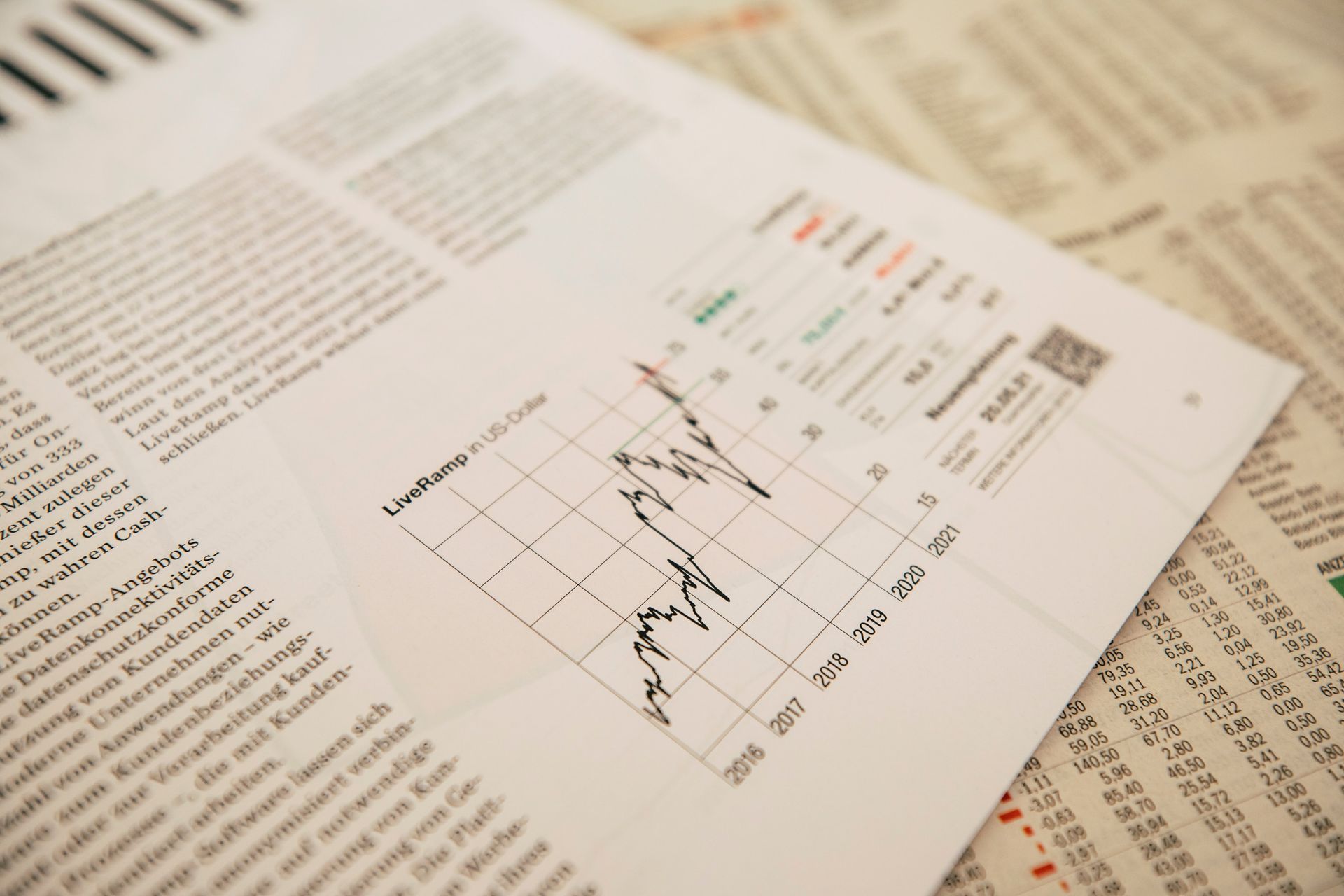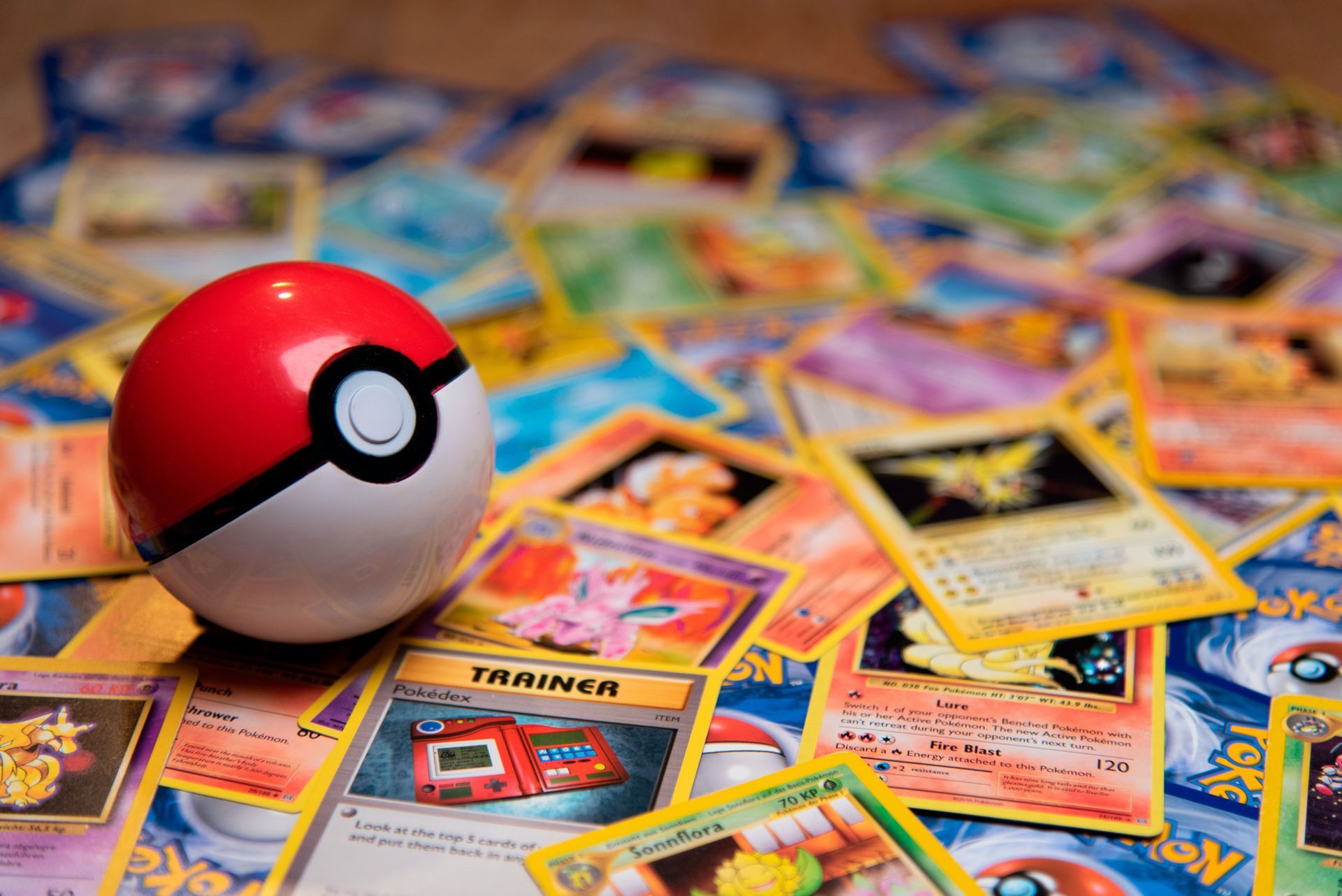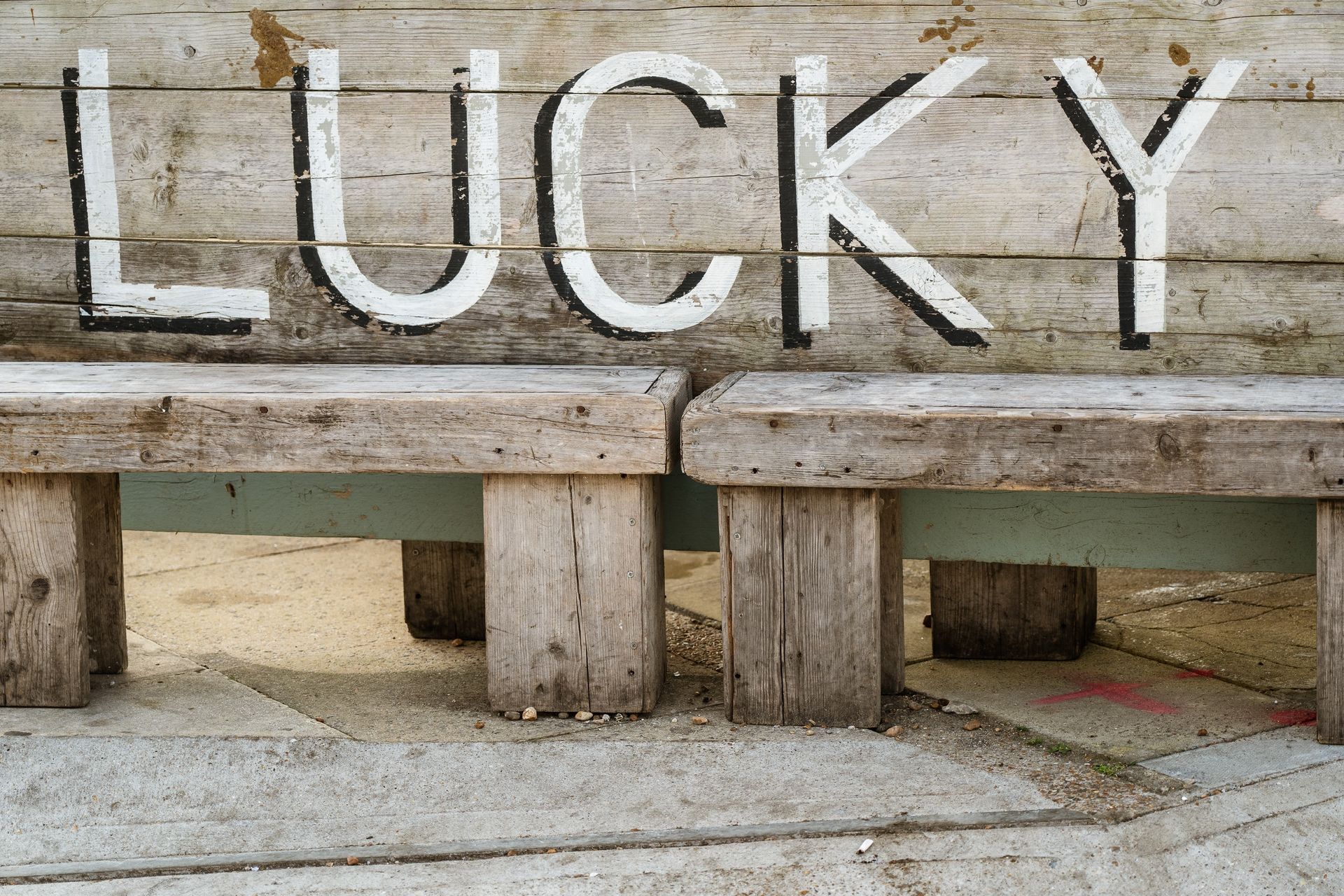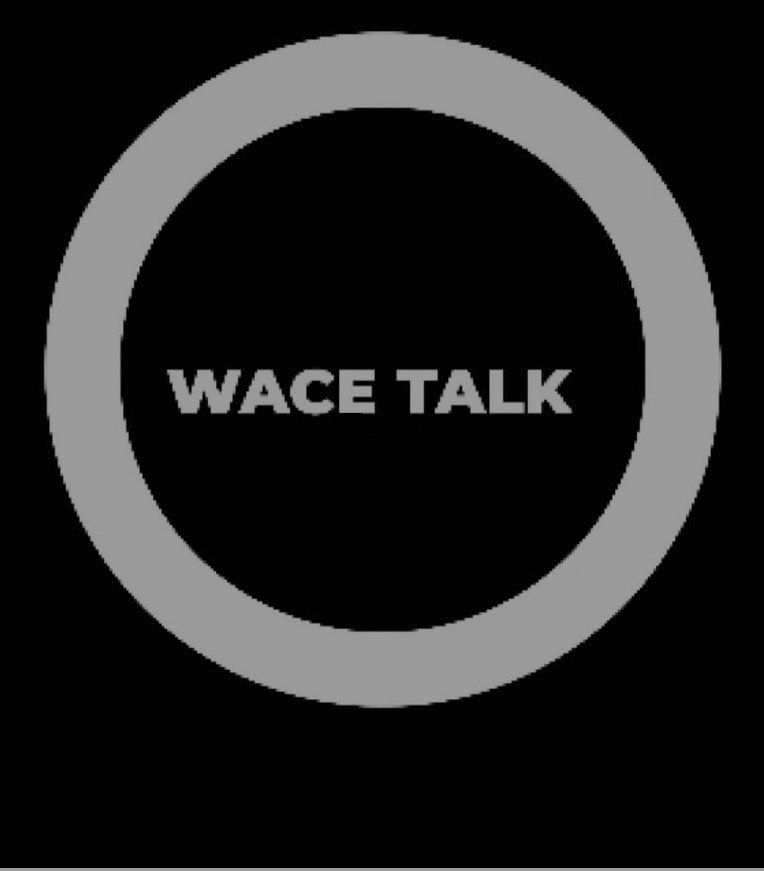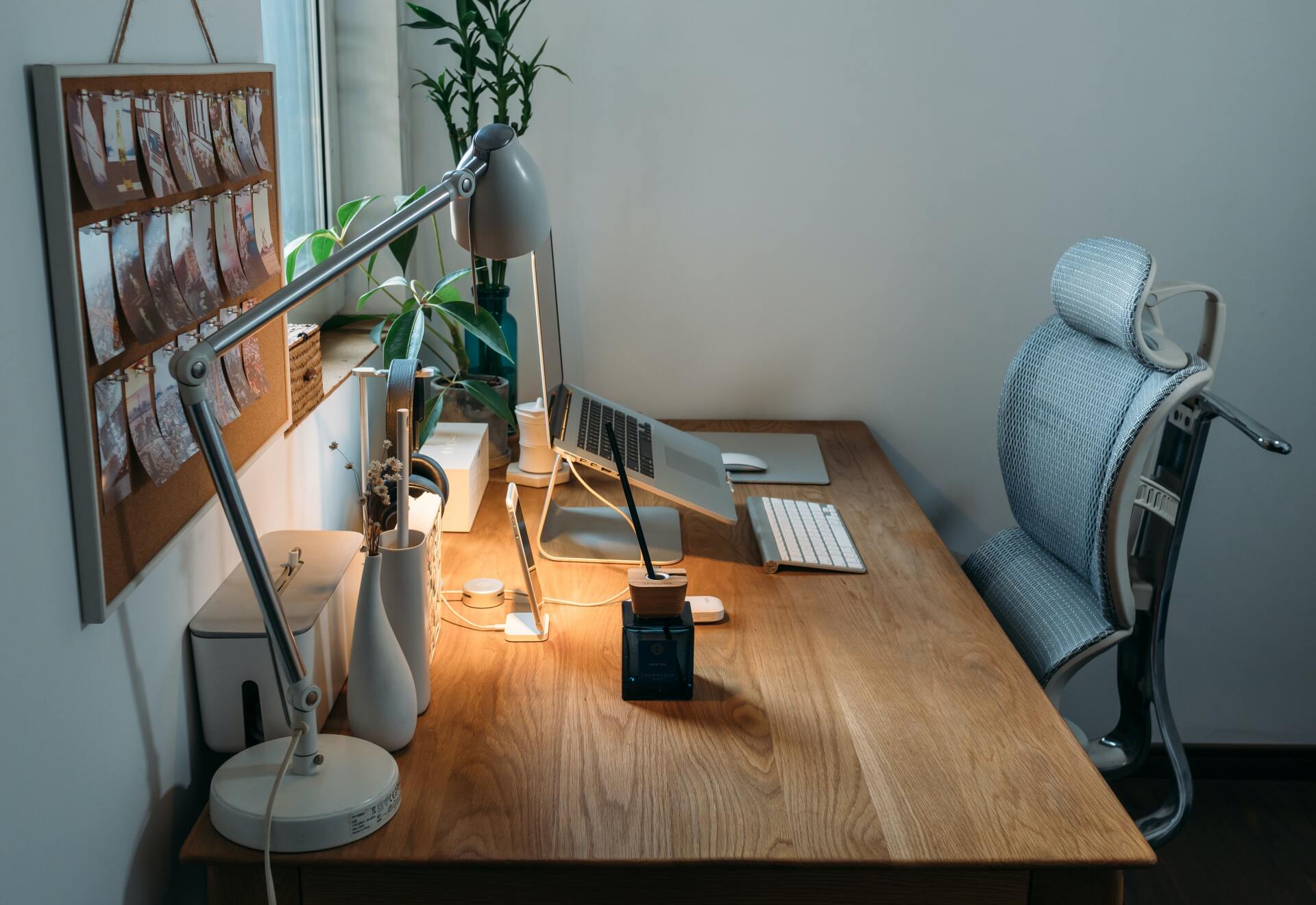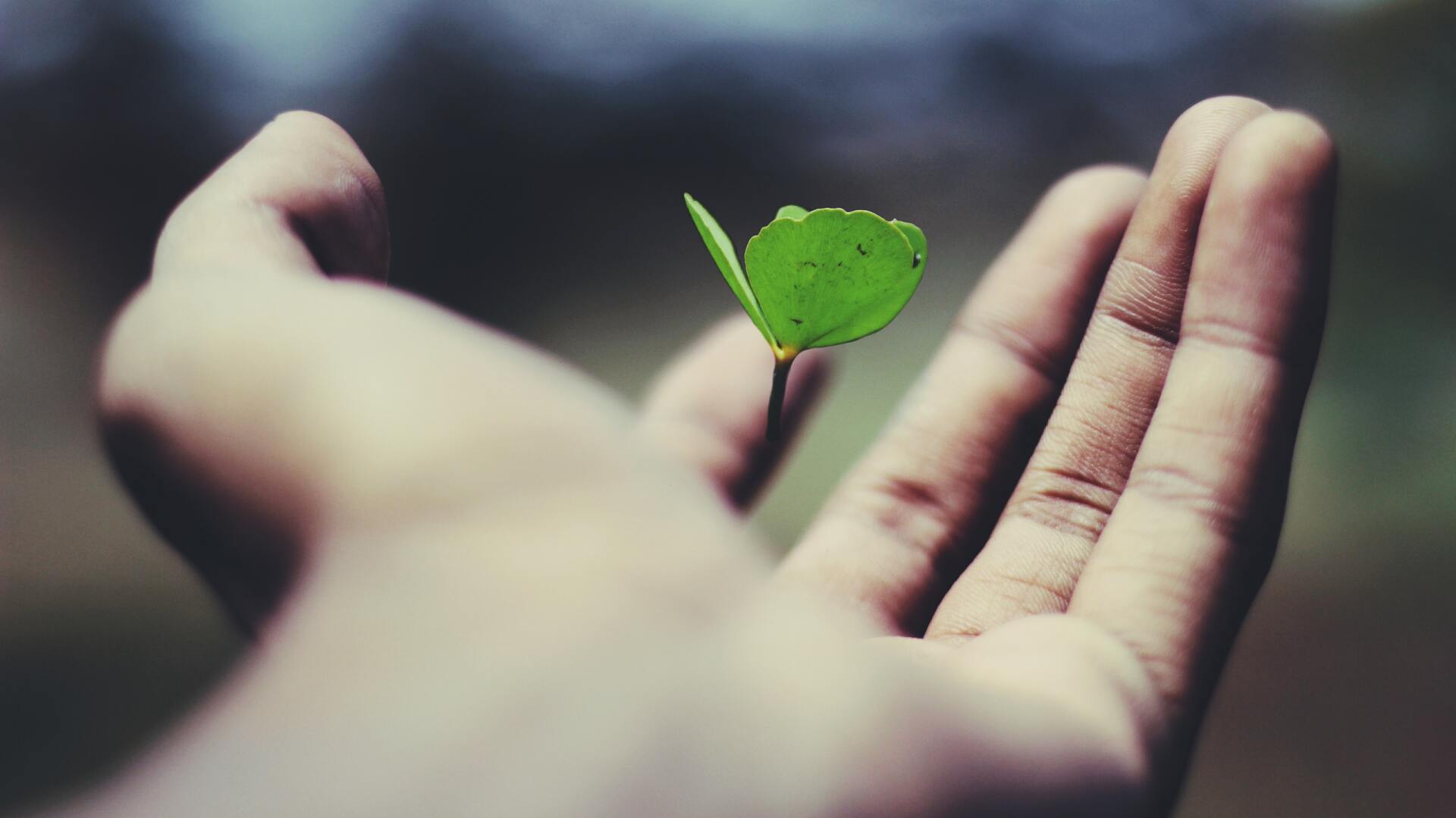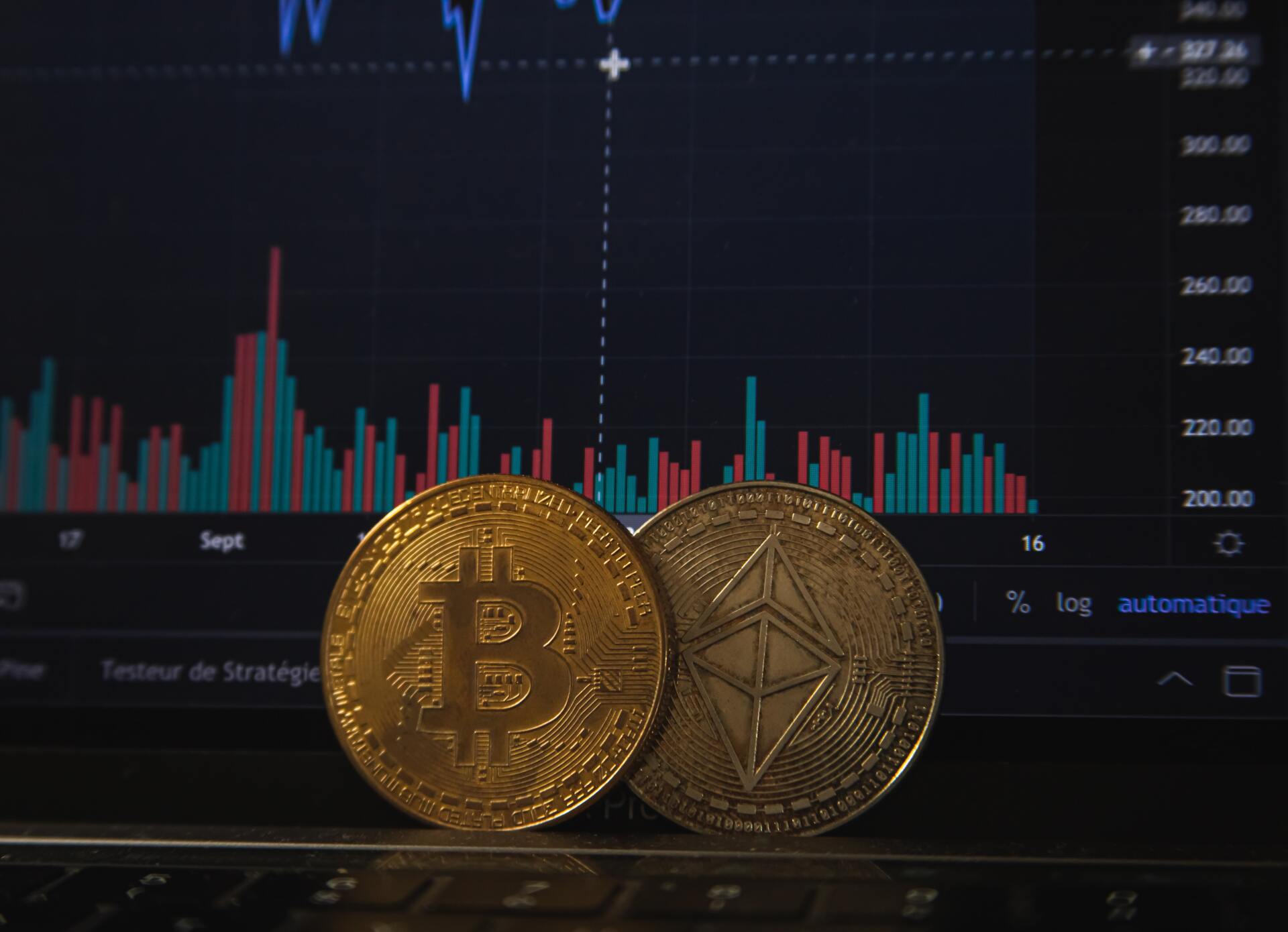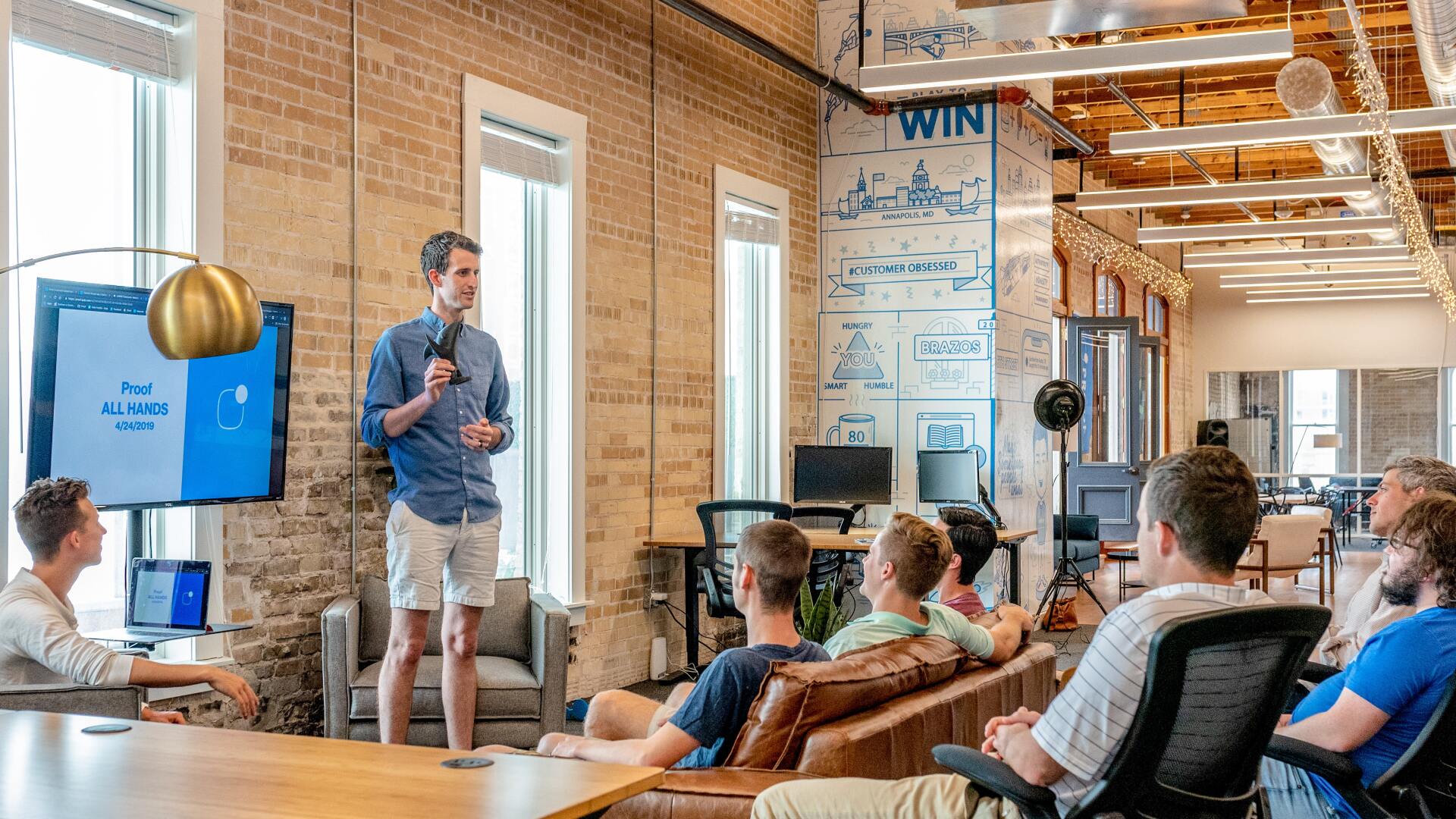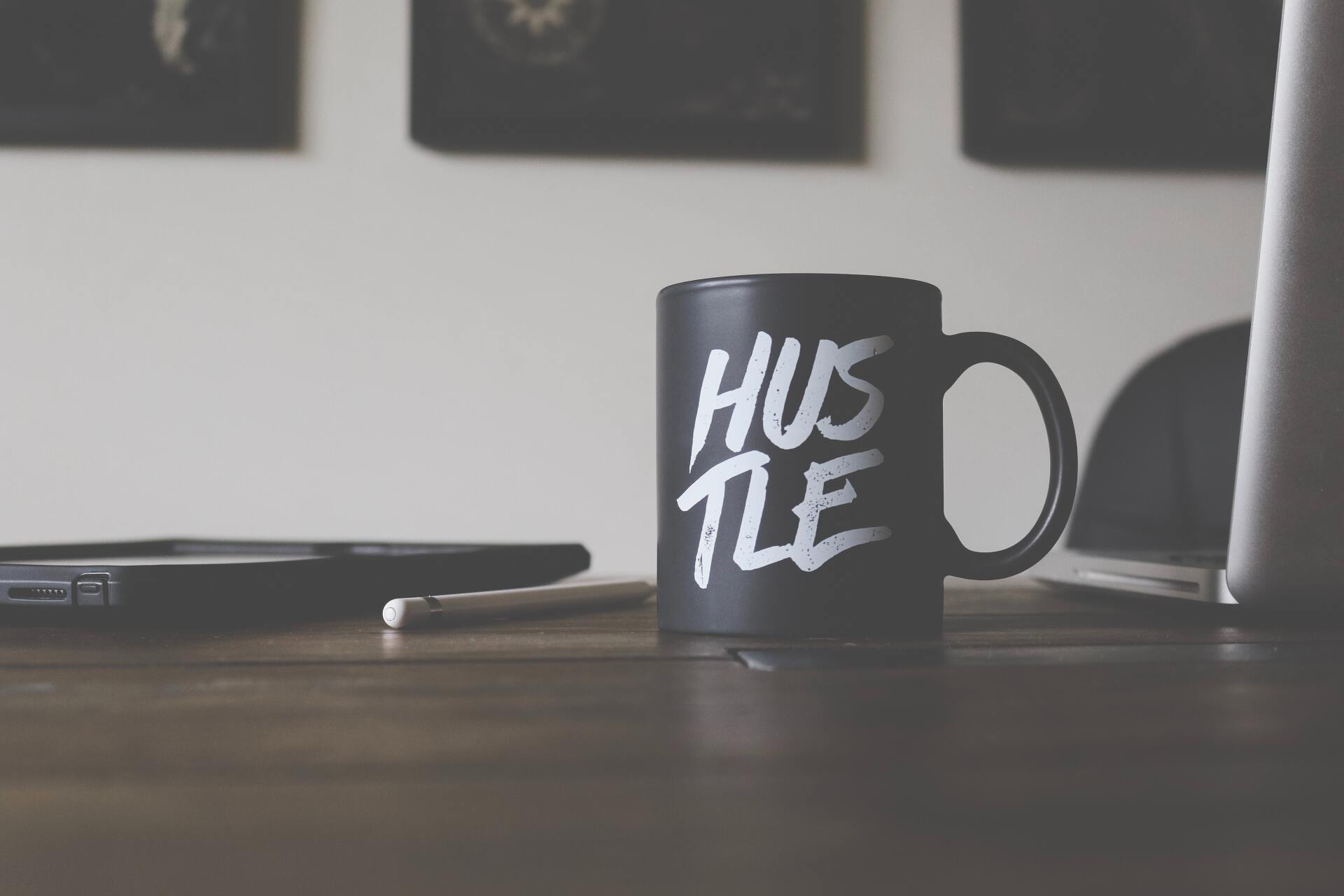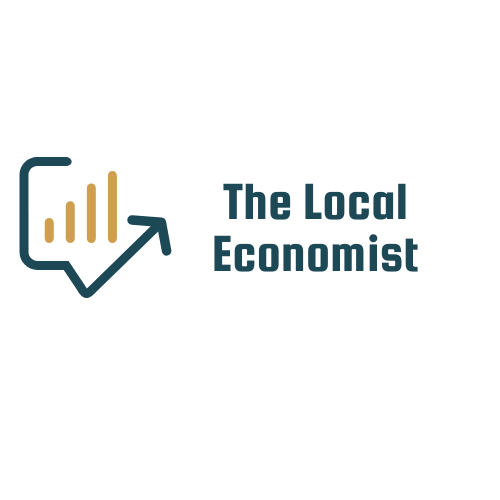Halloween This Year is a Mix of Hope and Challenges
Jorge Torres is the manager of La Casa de Los Trucos on the famed Calle Ocho in the Little Havana neighborhood in Miami, Florida. The name translates to the House of Costumes in Spanish and the store occupies a special place in the local community of this Latin American, largely Cuban neighborhood in the city. Torres’ family has owned and operated the store since 1971 as part of the first wave of Cuban migrants to South Florida. He recently said that “the last few years have been very difficult because of the pandemic.” This has certainly been a common sentiment among many businesses all over. But there is hope in communities across America this Halloween as things return increasingly to normal, yet that hope comes along with prevailing economic challenges.
Pandemic-era economic and societal policies have had an enormous impact on Halloween celebrations in the past two years as the holiday is centered around communal gatherings and house-to-house trick-or-treating activities. But now, people and businesses are hopeful for a successful post-pandemic spooky season. A study from the National Retail Federation has reported an increase of consumers planning to celebrate Halloween from 65% last year to 69% this year. Total Halloween spending is expected to reach a record $10.6 billion. While people are ready and excited to spend money and have fun this Halloween, the underlying economic situation may put a damper on the holiday mood.
A More Expensive Halloween
Inflation has become a big topic this year as everyone has noticed the rising prices on everyday goods. In a year of persistently high inflation, headline inflation was up 8.2% through September which hovers near the highest levels since the early 1980s. As households have made plans for Halloween this October, 43% or almost half of consumers polled by data and tech company Numerator noted that they expect moderate or significant impacts of inflation on their Halloween purchases.
Prices for candy, a cornerstone of any Halloween, are up an average of 11% to 13% over last year, according to new research from Datasembly. The rise in prices and supply chain issues related to refined sugar and cocoa markets have correspondingly driven up prices for popular candy given out on the holiday. Supply chain problems have also impacted the sourcing of costume articles as some of America’s largest costume manufacturers went bankrupt or were bought out during the pandemic. While the Torres’ well-established and long running costume store in Little Havana made it through the economic downturn, other businesses did not and all of this is affecting the overall Halloween economy.
Some of the mainstream assessment of the U.S. economy puts a positive spin on the increased spending and consumer activity. It seems that Americans are spending more after the past couple of years, but they are emerging from the pandemic and the economy is getting back up and running again. No doubt more people will be enjoying Halloween this year compared to previous years. However, even if consumers are spending more and businesses see higher revenues this time around, the elevated prices of candy and costumes are a major factor. Halloween is meant to be a scary holiday, but the monster haunting American consumers and businesses will be the economy.
join the newsletter
Thanks for joining us!
Please try again later.
Recent Posts
